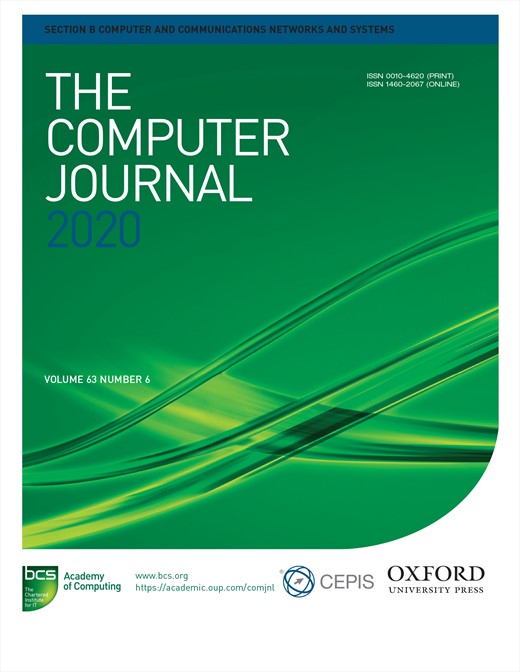-
Views
-
Cite
Cite
Jumin Zhao, Liang Zhang, Deng'ao Li, Multiantenna Receiver Signal Detection in AmBC Based on Cluster Analysis, The Computer Journal, Volume 63, Issue 6, June 2020, Pages 844–856, https://doi.org/10.1093/comjnl/bxz143
Close - Share Icon Share
Abstract
Ambient backscatter communication (AmBC) has great application prospects in the green Internet of Things due to its shared nature of energy and spectrum. In this paper, we have done research on the signal detection problem in the AmBC system and proposed to use the k-means clustering analysis algorithm to detect the received backscattered signal. At the same time, in order to obtain a more obvious clustering center, this paper introduces a multi-antenna receiver channel detection mechanism. The proposed method can compare and analyze the energy received by the receiver antennas in an extremely short time slots. The channel state information between the reader and the backscatter tag is obtained, and the optimal communication channel is selected, thereby effectively improving the clustering effect. Finally, a large number of experimental simulations are provided to compare and analyze the corresponding BER performance to confirm our theoretical research.




